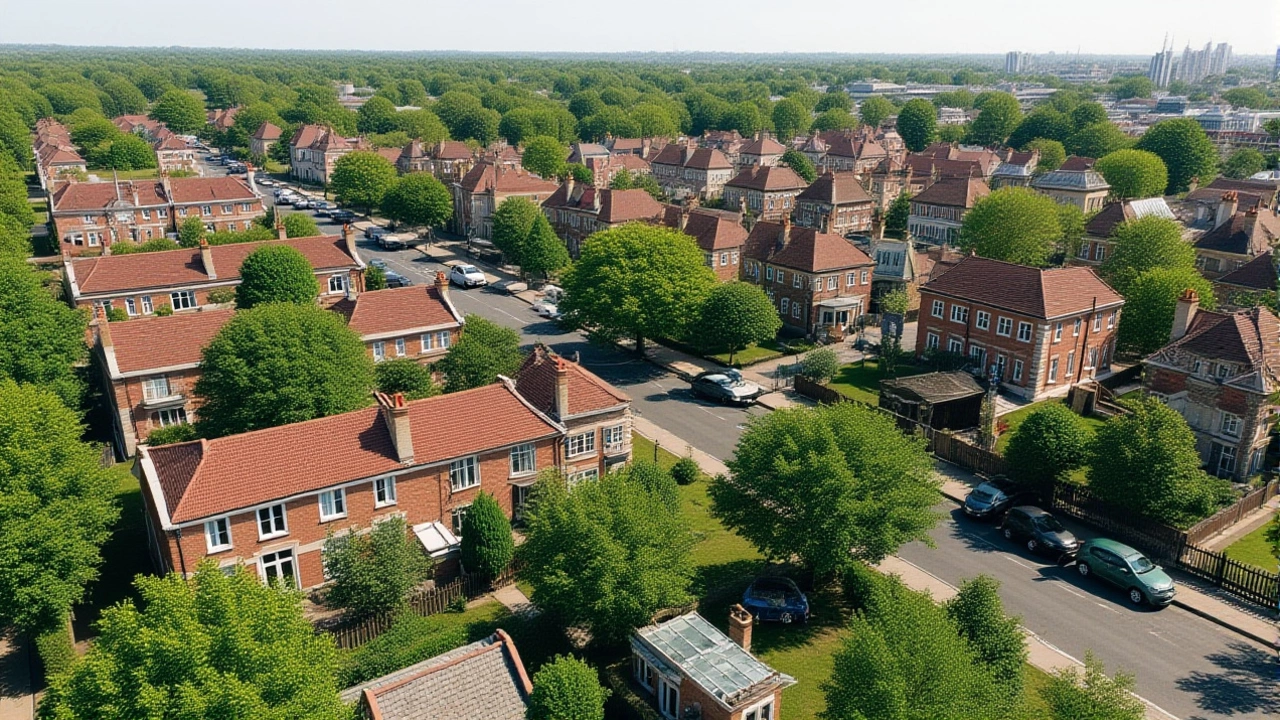Stamp Duty: Understanding the UK Property Tax
When dealing with stamp duty, a tax charged on the purchase of residential and commercial property in the United Kingdom. Also known as SDLT, it is collected by HMRC, the tax authority that sets the rates and monitors compliance. The amount you pay depends on the price of the property transaction, the buyer’s residency status, and whether any reliefs apply. Understanding these variables helps you avoid surprises at the conveyancing stage and plan your budget more accurately.
How Rates Are Structured and What Influences Them
Stamp duty isn’t a flat fee; it follows a banded structure. For example, in England and Northern Ireland, the first £250,000 of a residential purchase is tax‑free for most buyers, then a 5 % charge applies to the portion between £250,001 and £925,000, and higher bands kick in above that. Scotland and Wales run their own systems (Land and Buildings Transaction Tax and Land Transaction Tax) with slightly different thresholds, but the principle is the same: the tax scales with price. Rate bands are reviewed each fiscal year, so a change in government policy or inflation can shift the amounts you owe.
Because first‑time buyer relief offers a reduced rate or exemption for buyers purchasing their first home, many newcomers pay considerably less than the headline rates. The relief typically applies up to a property value of £500,000, with the first £300,000 tax‑free and the next £200,000 taxed at a reduced 5 % instead of the standard 5 %‑plus‑higher‑bands rate. This incentive is designed to help people get onto the property ladder.
Another important factor is the type of property. Buy‑to‑let or second homes attract an additional 3 % surcharge on top of the standard rates. If you’re an investor, that extra charge can add up quickly, so it’s essential to factor it into your financial modelling. Commercial properties follow a separate schedule, often starting at a higher base rate, reflecting their different use case.
When you engage a solicitor or licensed conveyancer, the stamp duty calculation becomes part of the overall settlement. The professional will submit a return to HMRC on your behalf, usually within 30 days of completion. Missing the deadline can trigger interest and penalties, so timely filing is crucial. Many conveyancers now offer online portals where you can track the status of your return and see the exact amount due.
Beyond the basic rates, there are several situational reliefs worth mentioning. If you inherit a property, you may be eligible for a reduced stamp duty calculation based on the market value at the time of inheritance. Similarly, transfers between spouses or civil partners are generally exempt, provided certain conditions are met. Companies buying residential property for employee accommodation also benefit from specific exemptions, but those rules are tighter and require careful documentation.
One frequent question is how stamp duty interacts with other costs like mortgage arrangement fees or survey charges. While those fees are separate, they all feed into the overall cash‑out‑lay for a new home. Budgeting for stamp duty early in the process prevents you from being caught off‑guard at settlement. A helpful tip is to use an online calculator that incorporates the latest rates and relief thresholds; many estate agents provide these tools on their websites.
For buyers in Wales or Scotland, the local versions of the tax have their own reliefs and thresholds, but the core ideas remain the same: pay a proportion of the purchase price, enjoy reliefs if you qualify, and file the return promptly. Keeping an eye on regional policy announcements can give you a timing advantage—sometimes a budget announcement will change the bands mid‑year, affecting deals that close soon after.
Overall, stamp duty is a key piece of the property‑buying puzzle. By knowing which rates apply, whether you qualify for first‑time buyer relief, and how the charge fits into the conveyancing workflow, you can make smarter financial decisions. Below you’ll find a curated collection of articles that break down each of these points in more detail, from real‑world calculations to case studies of how investors manage the extra surcharge.
Conservative Leader Kemi Badenoch Calls for End of Stamp Duty
- Daxton Whitmore
- |
- |
- 0
Conservative leader Kemi Badenoch proposes scrapping stamp duty, a move that could free 2.5 million homeowners but risk a £15 bn revenue loss, sparking fierce political debate.
View more